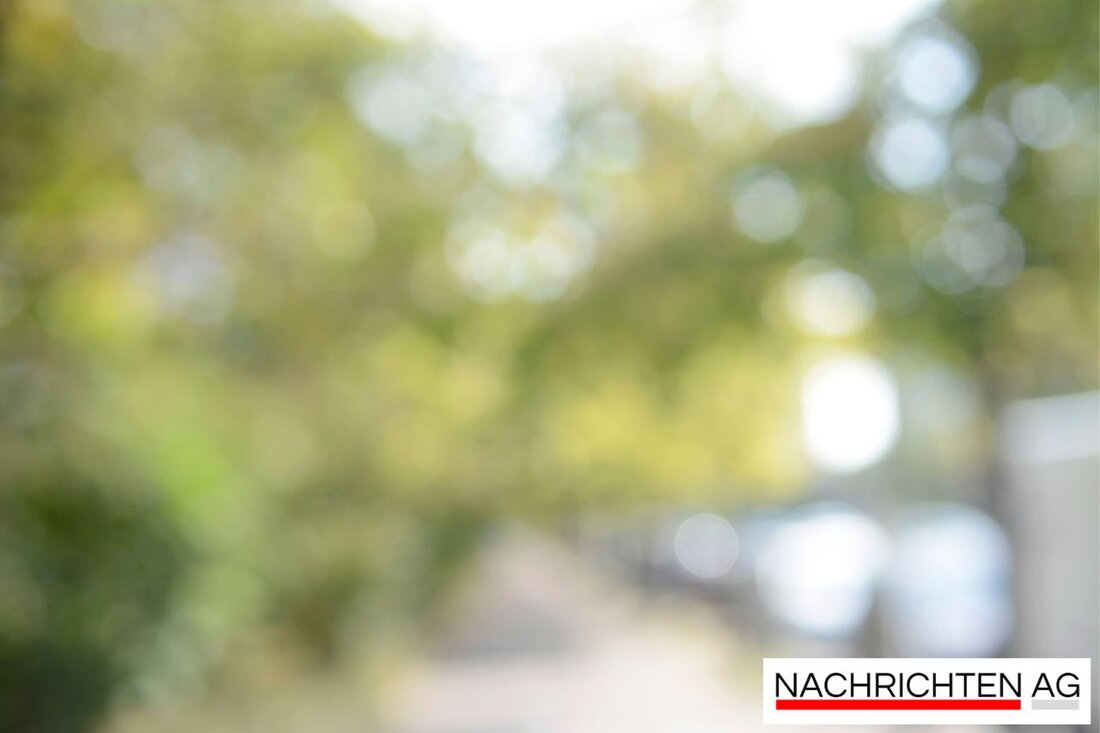Missionary's powerful heirs: exhibition in the Rautenstrauch-Joest Museum!
Explore the new exhibition at the Rautenstrauch-Joest Museum in Cologne, which focuses on missionaries and their impact. Until February 8, 2026.

Missionary's powerful heirs: exhibition in the Rautenstrauch-Joest Museum!
A new exhibition at the Rautenstrauch-Joest-Museum (RJM) in Cologne sheds light on the often dark history of missionization and its impact on the cultures of the Global South. Under the title “Mission Collections Unpacked,” the museum presents numerous objects collected by missionaries, often under questionable circumstances. The exhibition runs until February 8, 2026 and is open from Tuesday to Sunday.
The RJM, one of the most important ethnological museums in Germany with around 65,000 exhibits, has been based in downtown Cologne since 2010. Here, visitors are not only offered a look at the diversity of cultures, but also at the complex, often problematic stories behind the exhibits. The team around Oliver Lueb and Annabelle Springer designed the exhibition so that it appears both spartan and sensual, with architecture that perfectly showcases the content.
Insight into the exhibition
The exhibition features around 2,200 objects that were sent to Europe not only for the private interest of the missionaries, but also on behalf of their orders. These collections were often used to recruit new missionaries and generate donations. For example, items such as an Indian carpet with a figure of Jesus were added to the collection, which reinterpreted local symbolism and filled it with Christian content. A haunting photo of Father Angelicus Mielert with a Munduruku girl from the 1940s or 1950s gives an impression of the time and conditions under which these objects were obtained. Contemporary witness reports describe some negative experiences with the missionaries and take a critical look at their actions.
The second part of the exhibition also receives particular attention. Here, seven objects from the RJM's mission collections are critically examined and the voices of people from the countries of origin are included. This approach is an important element of the museum's current work, which shows the change towards a more critical and reflective engagement with colonial and ethnological topics. Other multimedia and interactive formats that the RJM offers invite you to actively engage with the topics covered.
The colonial context
The RJM recognizes that many European museum collections, including this one, emerged from colonial and often violent conditions. Colonialism was a practice of rule that not only led to economic exploitation and political oppression, but also severely restricted the cultural and religious self-determination of the peoples affected. The associated ideologies of superiority justified the behavior of the colonizers, which requires a critical examination of the history of the museum.
In connection with the critical reflection of colonial history, the concept of restitution is playing an increasing role. For example, in 2018 the RJM received the mummified head of Toi Moko back from New Zealand, a step that shows how important the commitment to coming to terms with colonial history is. Active collaboration with descendants of producers and members of the diaspora is intended to promote long-term, sustainable relationships.
The Rautenstrauch-Joest Museum is therefore not only a place for exhibitions, but also a space for discussion and reflection, which strives for a respectful, critical examination of the past and its effects on the present. In times when awareness of one's own heritage and responsibility is higher than ever, the RJM invites its visitors to engage with these topics and broaden their own perspective.

 Suche
Suche
 Mein Konto
Mein Konto